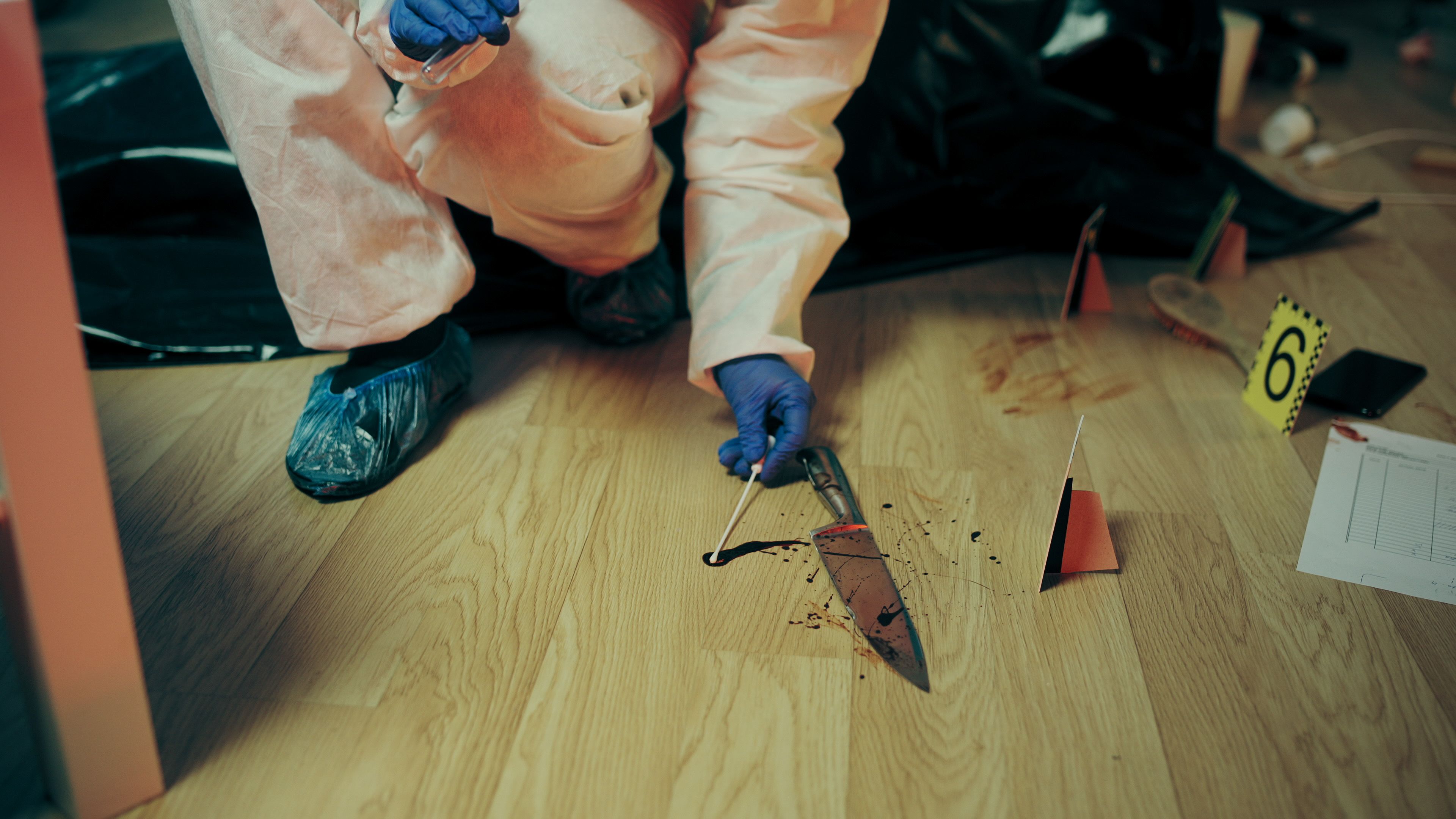A Veteran's Approach to Trauma Scene Cleanup
Understanding Trauma Scene Cleanup
Dealing with trauma scenes requires a specialized approach, not only due to the physical hazards but also because of the emotional weight they carry. Cleaning up after these incidents is not just about removing physical evidence but also about restoring a sense of normalcy and dignity to affected environments. This demanding task is often undertaken by professionals who possess a unique set of skills and resilience.
Veterans, with their disciplined backgrounds and experience in handling stressful situations, are particularly well-suited for this line of work. Their military training provides them with the tools to approach these challenging scenarios with precision, respect, and care.

The Role of Veterans in Trauma Scene Cleanup
Veterans bring a level of professionalism and dedication to trauma scene cleanup that is unmatched. Their ability to remain calm under pressure allows them to manage the complexities of these situations efficiently. Moreover, their commitment to service aligns well with the empathetic nature required for this job.
Many veterans find that working in trauma scene cleanup offers them a sense of purpose and an opportunity to continue serving their communities in a profound way. By transforming spaces affected by tragedy, they help individuals and families begin the healing process.
Skills Veterans Bring to the Field
Veterans leverage a variety of skills when entering the field of trauma scene cleanup. These include:
- Attention to Detail: Military training emphasizes precision, which is crucial when ensuring a scene is thoroughly cleaned.
- Stress Management: Experience in high-pressure environments equips veterans with the ability to remain composed during emotionally challenging tasks.
- Teamwork: Veterans understand the importance of working cohesively with others, which is vital in fast-paced cleanup operations.

The Process of Trauma Scene Cleanup
Trauma scene cleanup involves several key steps that ensure safety and thoroughness. The process typically begins with an assessment of the site to identify potential hazards. Once the assessment is complete, the team uses specialized equipment and cleaning agents to decontaminate the area.
During this process, professionals must adhere to strict health and safety protocols to protect themselves and others from biohazards. Personal protective equipment (PPE) is essential, and all materials removed from the scene are disposed of according to regulatory guidelines.
The Emotional Aspect
Beyond the physical challenges, trauma scene cleanup has a significant emotional component. Veterans understand the importance of approaching these scenes with sensitivity and empathy. Their ability to connect with those affected by tragedy helps ease the emotional burden on families and communities.

The work done by veterans in this field not only ensures safety but also facilitates emotional healing. By restoring spaces to their former state, they provide a fresh start for those impacted by traumatic events.
The Value of Veteran Contributions
The contribution of veterans to trauma scene cleanup cannot be overstated. Their unique skills and perspectives make them invaluable assets in this line of work. By choosing to engage in this demanding yet rewarding profession, veterans continue their legacy of service in a civilian capacity.
The impact of their work extends beyond the immediate task at hand, leaving lasting impressions on both the physical environment and the lives of those they help. As they transform spaces marred by tragedy into places of hope and renewal, veterans play a pivotal role in the journey toward recovery.
